Computational Biomechanics of Trauma
Siddiq Qidwai, Paul Taylor, Susan Marguiles
Advances in various aspects of computational mechanics (e.g., multiphysics and multiscale solution strategies, massively parallel algorithmic developments and matching computing capabilities, and novel constitutive frameworks) and sustained emergence of experimental data on varied organs of human body are driving ever-improving efforts in the high-fidelity simulations of biological trauma under a variety of loading scenarios. Trauma is defined as "an injury (wound) to living tissue caused by an extrinsic agent." Therefore, for the purpose of this symposium, trauma may be caused by scenarios involving: 1) inadvertent actions of an impact or explosion (such as, vehicular crashes, falls and collisions sustained in recreational activities, and ballistic and blast exposures), or any internal/external loading, or 2) premeditated actions, such as those resulting from surgeries. Since human body is a complex, heterogeneous materials system with fluctuating levels of spatially-distributed structural hierarchy, any simulation effort becomes very challenging. For example, it is usually not clear as to: what level of fidelity, both geometric and material, would accurately capture the targeted phenomenon; what types of injury predictors can be devised for accurate assessment of the damage and would they be its valid indicators across scales; or, how best to model the material behavior of the various constituents under the prevailing loading conditions.
In response to these issues, this minisymposium is being organized to provide a forum to foster multidisciplinary interaction and collaboration among researchers in the field of computational biomechanics of trauma under impact. Topics of interest include, but are not restricted to, the following:
• Low- to high-rate injury biomechanics under vehicular, recreational, ballistic, blast, or other impacts: kinematics, kinetics, injury, prognosis
• Computational modeling of trauma or healing due to surgery
• Multiscale (cell network to organ) and multiphase (e.g. fluid-solid) modeling and techniques
• Verification and validation of computational models of trauma
• Determination and assessment of injury at a given scale or across scales
• Determination of suitability of protective equipment for injury reduction
• Constitutive models for relevant material behavior at all scales: cellular, fibrous, tissue, body
• Optimization techniques for calibrating material models to statistically- significant or insignificant experimental data
• Homogenization methods for constitutive response across scales
• Data-mining techniques to identify patterns, correlations, regions of interest










